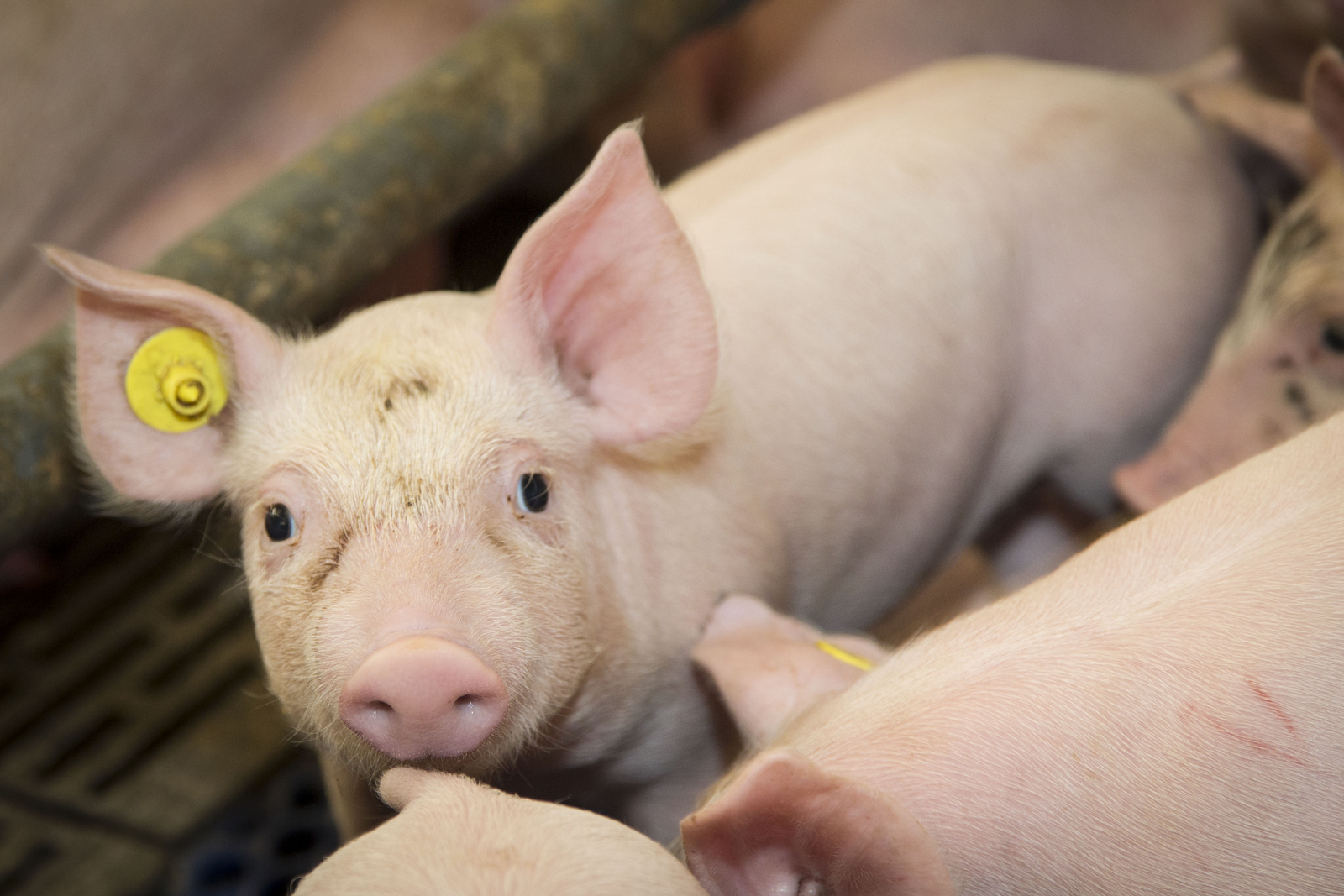Nutritional strategies to reduce pig odour

Which nutritional strategies are effective to deal with nitrogen output and odour in pigs? US researchers reviewed some nutritional strategies.
Pig diets contain both dietary fibre (DF) and crude protein (CP), and the way pigs ferment these ingredients has an effect on the mission of nitrogenous gases and odour from pig manure and piggeries.
Nutritional strategies
In the study, published in the Journal Animal Feed Science and Technology, the researchers delved into solutions to adapt the diet and to reduce these gas and odour emissions from barns. Nitrogen (N) in the faeces comprises undigested dietary N and endogenous N, mainly as amino acids (AA), and microbial N, partly present in nucleic acids. So one approach to reducing ammonia emission is through dietary manipulation.
Also interesting: Algae: Reducing antibiotic use in pig production
Benoît and Olivier Balusson, owners of a farrow-to-finish farm in Britanny, France, have embarked on an exciting mission: how to decrease antibiotics as much as possible? The farm applies a range of strategies, some of which involve algae.
Shifting N excretion pathways
Overall, inclusion of DF and reduction of CP (less than 190g/kg) in pig diets seems to be an effective nutritional strategy that may counteract the negative effects of protein fermentation in the pig gut by reducing ammonia concentration, shifting N excretion pathways in the gut and minimising the negative impact of intensive pig production on the environment. The inclusion of soluble fibre leads to a decrease of urinary N excretion.











